You don’t have to pay all that close of attention to realize that Americans love their trucks, and in particular ones from the Big Three. But they certainly aren’t the only ones in the truck segment, with Toyota making new waves courtesy of the new Tundra. It now brings far more than just a reputation of reliability to the table, so is this luxury turbo-hybrid truck ready to take down the king of luxury trucks, the RAM 1500? Let’s check out the 2024 Toyota Tundra vs. 2024 RAM 1500 Battle! For a full visual comparison, watch the video at the bottom of this article!
Pricing and Equipment
Now before we really start to dig in, let’s talk pricing and equipment levels. In this comparison, we got the loaded luxury trims to show off all the best stuff, but that does mean the prices are pretty eye-watering.
Starting with the RAM 1500, we have the Limited trim, which is already extremely nice, but even more so after optioning on over $13,000 of additional equipment. All in, we come in just under $84,000.
MSRP (Limited 4×4): $68,810 | Options: $12,650 | Destination: $1,995 | Total: $83,455
Now with the new generation of Tundra, the price doesn’t undercut the American truck by much when we select the fully loaded Capstone. It doesn’t have anything meaningful to add, so the total price is just over 81 grand.
MSRP (Capstone 4×4): $78,845 | Options: $823 | Destination: $1,850 | Total: $81,510
By the way, if you want to get the best price from local dealerships and access to invoice pricing info for these two models or any vehicle, we have a tool on our website to do just that. Check this link out for more info.
Now as far as this comparison, it will be conducted objectively. We have done our best to weigh the points awarded throughout in major and minor categories, but at the end of the comparison we will sum up with our thoughts and revisit the price difference for a value assessment. With that being said, let’s get into this comparison!
Exterior Design
So, as we first take a look at the exterior designs, obviously they aren’t very similar at all. That is besides for both being finished in beautiful blue colors, and their generous use of chrome in the front. Neither model will leave any doubt that you are driving the fully loaded models, and the premium full-LED headlight clusters make sure you can blind lowly sedan peasants with ease. The Tundra has cool dynamic turn signals, and both of them have LED fog lamps.
Moving to the side, both are only available in crew cab configurations for the top trims, and both also come equipped with elaborate and distinct looking 22-inch alloy wheels.
As far as the rear looks, again you have premium designs and elements like LED taillights, exposed dual exhaust outlets and chrome accents.
Additional Features
And that’s where we will start as we move into the individual features, because the tailgates have a lot of features that need highlighting. The gate itself has a neat splitting function on the RAM for easier access to the bed, the Toyota has a taillight mounted elbow release button and both of them have dampened lowering, obviously.
Getting into the bed is made easier in the Capstone, thanks to a power deploying step, and once inside, both have spray-on bed liners.
They also have LED lighting, tie downs and hooks, but only the Tundra has a powerful 400w outlet.
Moving past that, both models have fully loaded mirrors with heating, power-folding, auto-diming and blind spot monitoring.
And as far as all the other safety features, Toyota includes all the active ones as standard equipment, such as lane keeping assist and adaptive cruise, while our RAM also has them via the Level 1 Equipment Group.
Toyota: Warranty: Basic Warranty: 3yr/36k mi | Powertrain: 5yr/60k mi | Comp. Maintenance: 2yr/20k mi
RAM: Warranty: Basic Warranty: 3yr/36k mi | Powertrain: 5yr/60k mi
Warranty coverages are the same, besides for Toyota including two years of complimentary maintenance, and finally, towing advantage belongs to the Capstone Tundra with its over 10,000 lb. rating.
Ram (5.7L 4×4): 7,930 lbs
Tundra (H-M 4×4): 10,340 lbs
Anyway, that’s the end of the exterior comparison, but now let’s see the impressive interiors, and then we will take them out for a drive.
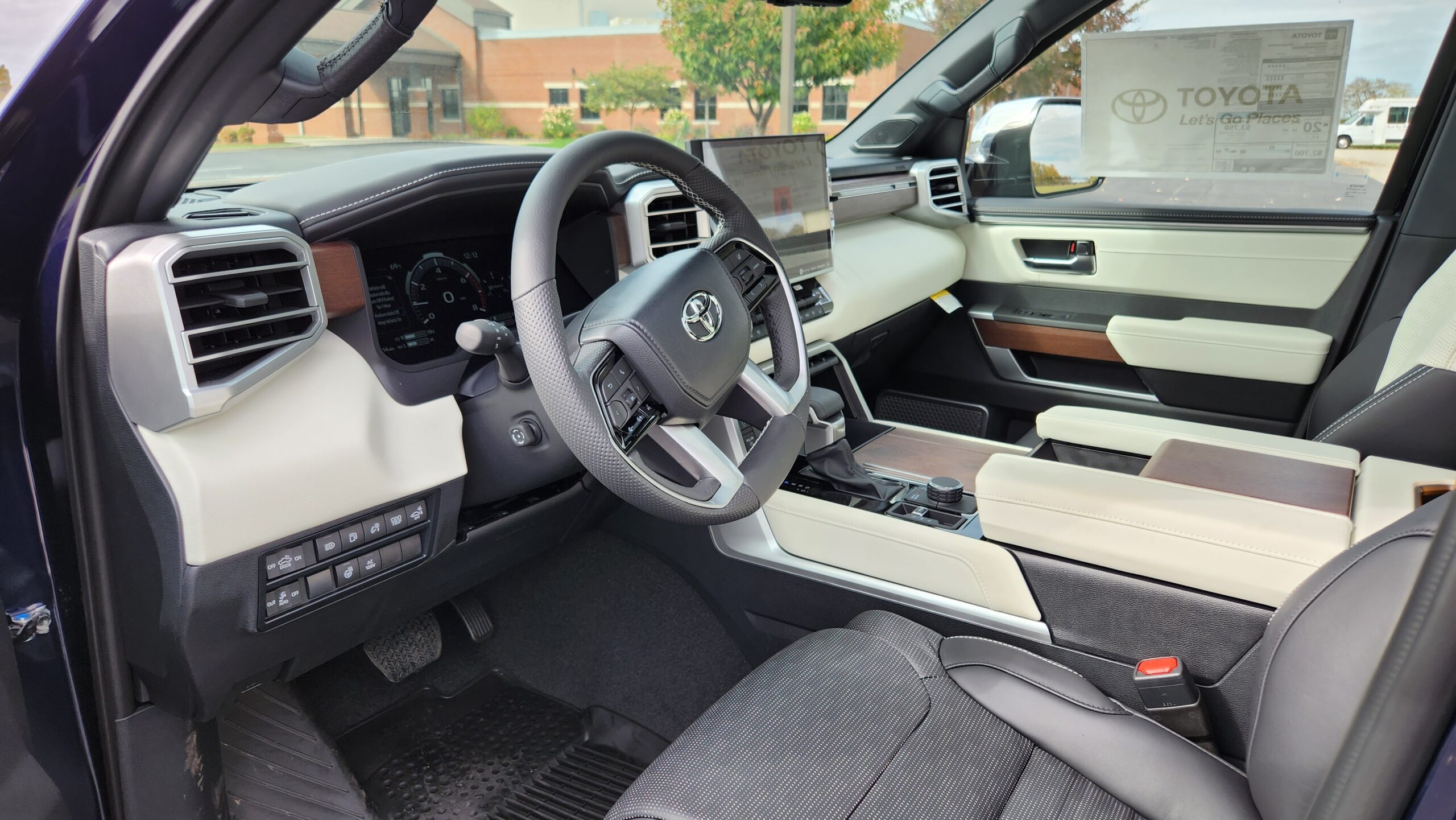
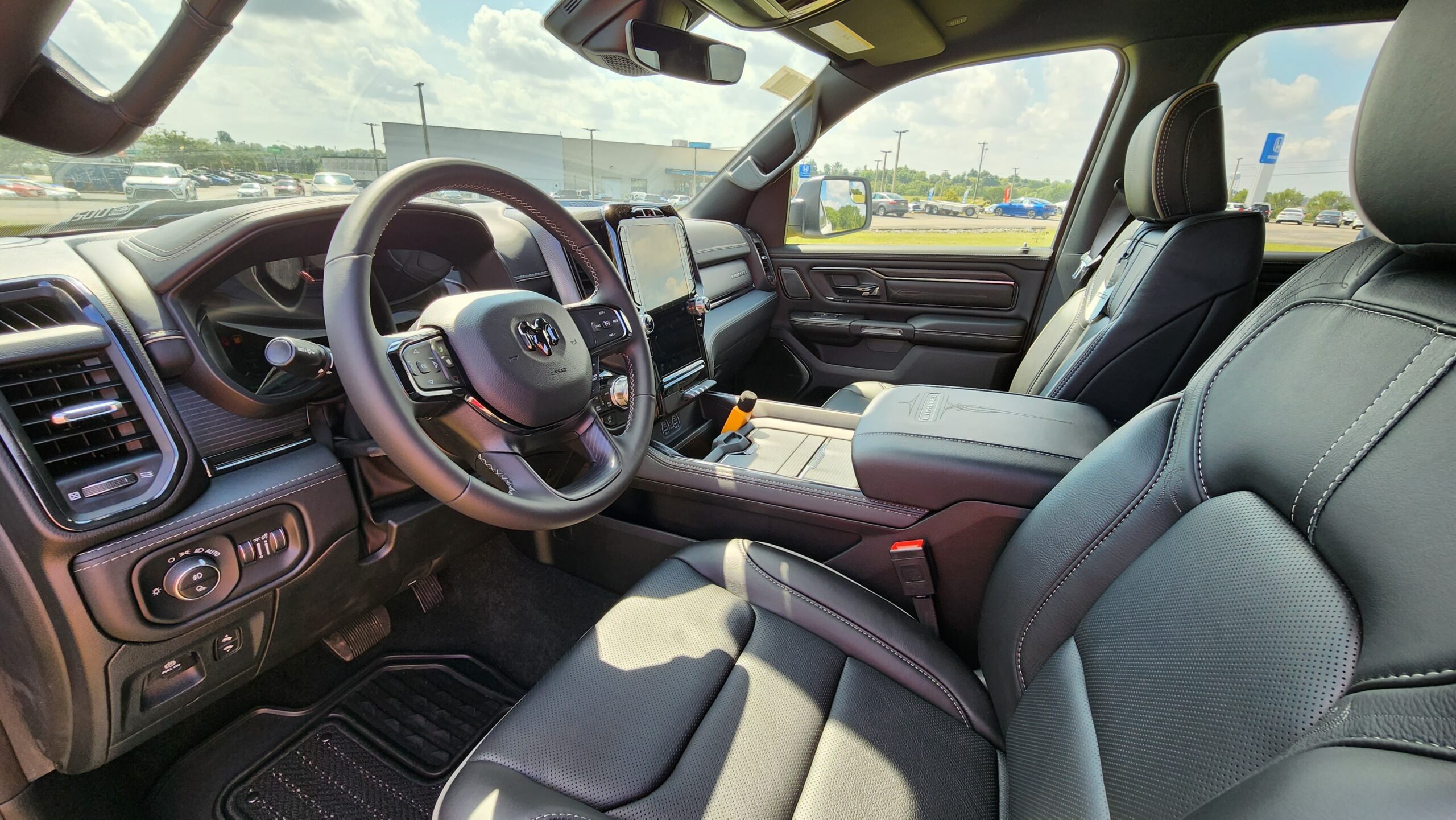
Interior Design
So, walking up the trucks, both are obviously going to have smart entry systems with remote start ability, but the Tundra does require an active subscription after the trial period expires.
The days of stretching to get inside your truck are over with the large power running boards, and they whisk you inside the elaborate and luxurious cabins. These are certainly not the trucks you rode around the family farm in during the old days, since we have high-end materials everywhere, including the seats.
In the RAM we have black or blue premium stitched leather, and in the Toyota, we have 2-tone semi-analine leather with contrast piping. Both seats are heated and ventilated, however the Tundra has more ways of adjustment, like power thy extension.
But let’s get inside and evaluate the overall materials. It’s hard to convey just how nicely these cabins are executed, with all the commonly touched areas smothered in leather and real open-pore wood. The Limited Ram still exceeds the Capstone Tundra by a bit though, with no hard plastics within reach at all and real aluminum elements replacing what is silver painted trim on the Tundra.
Now after startup, the RAM 1500 has a 12.3-inch full digital gauge cluster with all kinds of useful info, just like the Tundra. Both also have large head up displays.
Of course, it pretty much goes without saying that both steering wheels are heated, and leather wrapped, but the RAM’s is not power adjusting. Oppositely, it’s only the RAM that has power adjusting pedals.
Storage and Technology
Now the next area to evaluate is interior storage, where both are enormous, however, the RAM is positively cavernous. Since its shifter is not on the center console, that allows the entire area to be a multi-functional storage area, with a very neat sliding arrangement.
Now speaking of the shifters, the Tundra keeps it classic with a traditional one, while the 1500 has the rotary-style. We won’t make any determinations about which one is better, but we can say that the Tundra’s 360-degree backup camera is the superior one. It’s not an angles thing, since both of them have a ton of them, but the orientation of the screen makes the image so much smaller than the Toyota’s.
Both have systems that help with backing up trailers as well.
Alrighty, that brings us to the audio systems, so let’s sample them. While the Tundra Capstone’s JBL is certainly an upgrade over the standard system, it lacks the quality and fullness that the Ram’s Harmon Kardon has. With 19-speakers, this is truly a luxury audio experience.
And I can’t forget to mention that is also has numerous real metal speaker grilles, instead of the faux metal covers on the Tundra.
RAM: 19-speaker Harmon Kardon Premium audio system
Tundra: 12-speaker JBL Premium sound system
Now let’s go ahead and check out the mega screens. The RAM’s massive 12.3-inch display spent a few years as the undisputed king, but now the Tundra has exceeded it with a 14.0-inch display. Even though they’re oriented in opposite ways, that’s about 13% more screen real-estate.
Software wise, they both have the latest versions which include things such as wireless AA and ACP, and built-in navigation. Both have large buttons, so they aren’t very distracting to use while driving.
Finally, ending the front areas, the luxury trucks have rear camera mirrors, and large panoramic moonroofs, but only the Tundra has a full roll-down rear window.
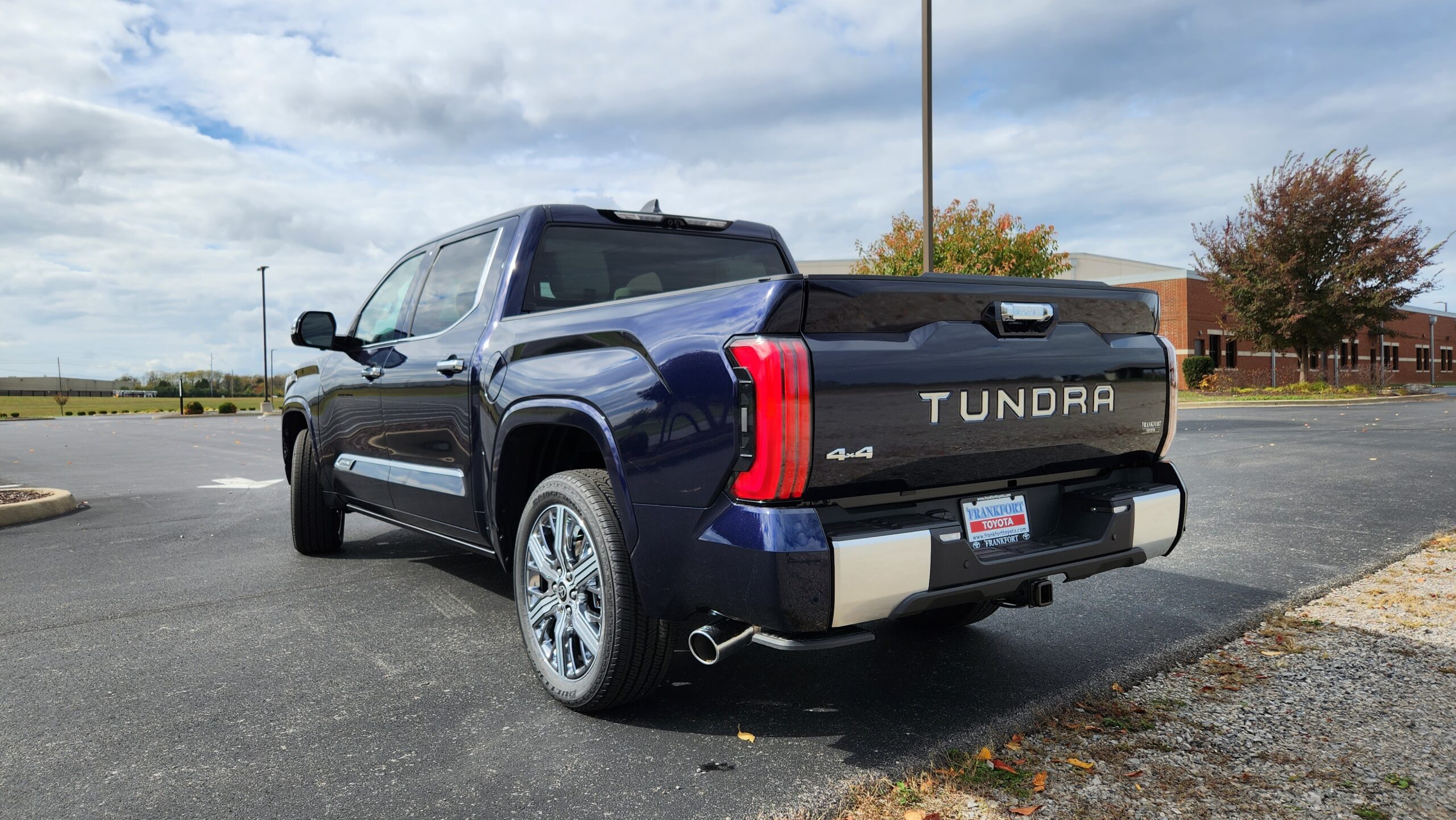
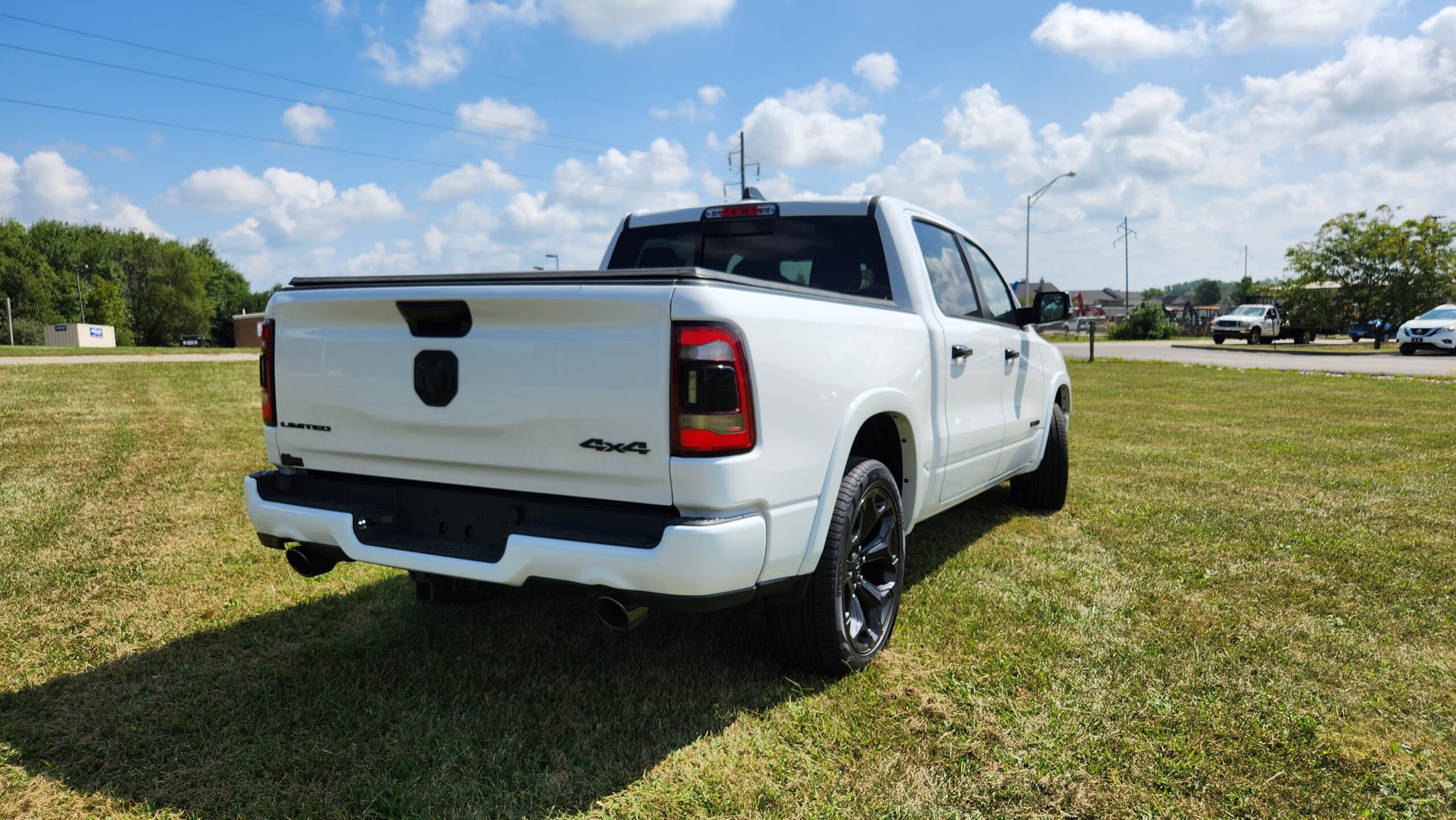
Rear Seats and Cargo
But we’re not quite done with the interiors yet because we have cavernous rear seats as well. I think a ton of people forget just how big full-size trucks these days are, because with over 45-inches of legroom, the RAM 1500 has more than space than a Mercedes S-Class. While the Tundra is enormous as well, the Ram still beats it by about 8% more legroom, and headroom is less than the 5% difference to score a point.
RAM: Legroom: 45.2-inches | Headroom: 39.8 inches
TUNDRA: Legroom: 41.6-inches | Headroom: 38.5 inches
As a matter of fact, there is enough excess legroom that the Ram 1500 added reclining seats, which is a class exclusive feature.
Materials from the front follow through to the back, and they are loaded with amenities such as rear vents, household power outlet and USB, which the Ram has more of. The American truck no longer has the class exclusive on ventilated rear seats since the Capstone Tundra has them in addition to heating.
If we fold down the arm rests, the Ram has a full center console instead of just cupholders, but Tundra fights back with window sunshades.
The RAM also has the 2 advantages as far as storage is concerned, since it has under seat storage and even hidden under floor storage , both of which are missing from the Tundra since that is where its hybrid battery packs live.
This is still a tight a race leaving the interiors, so now let’s see who can pull off the win out on the streets.
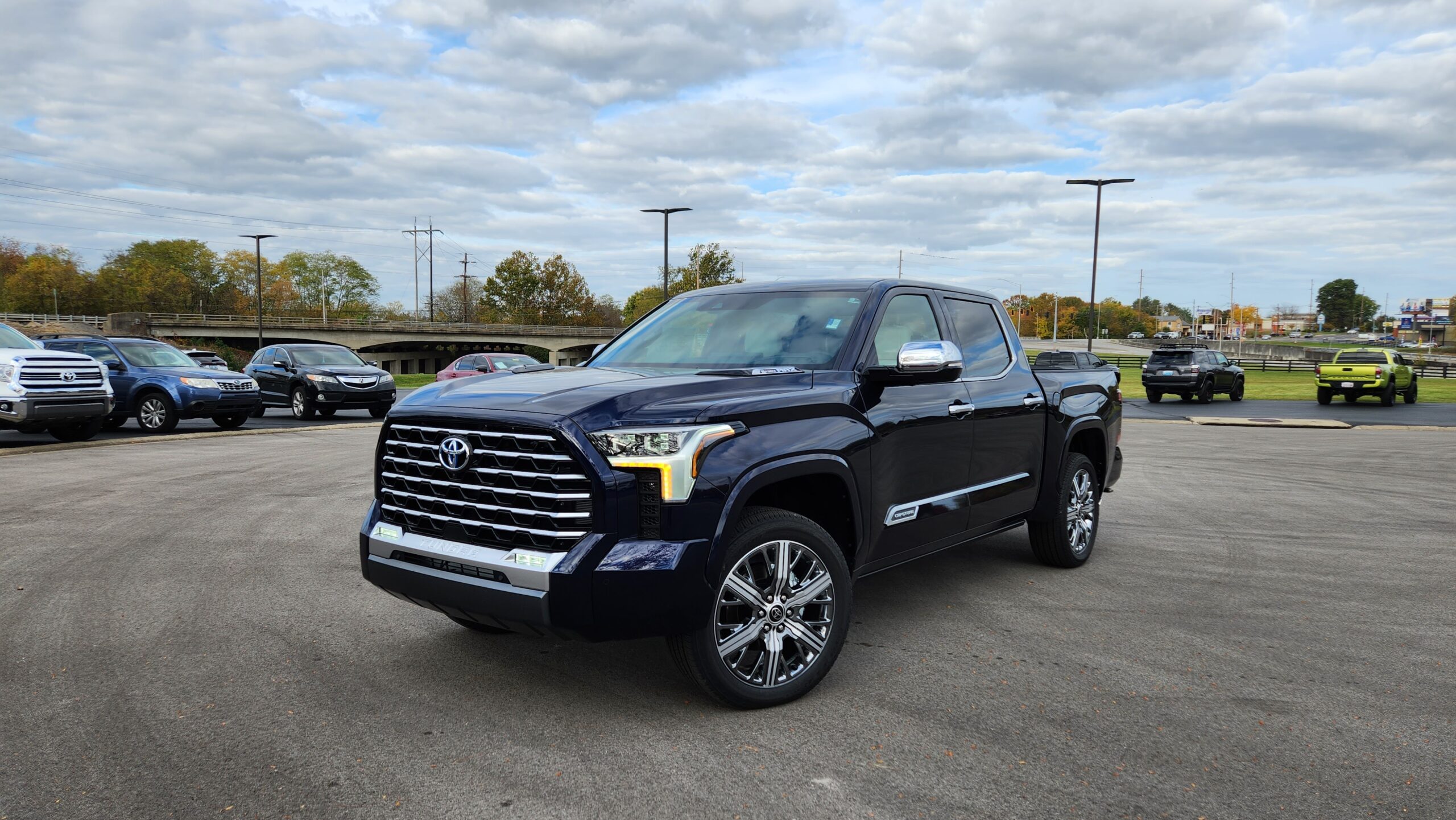
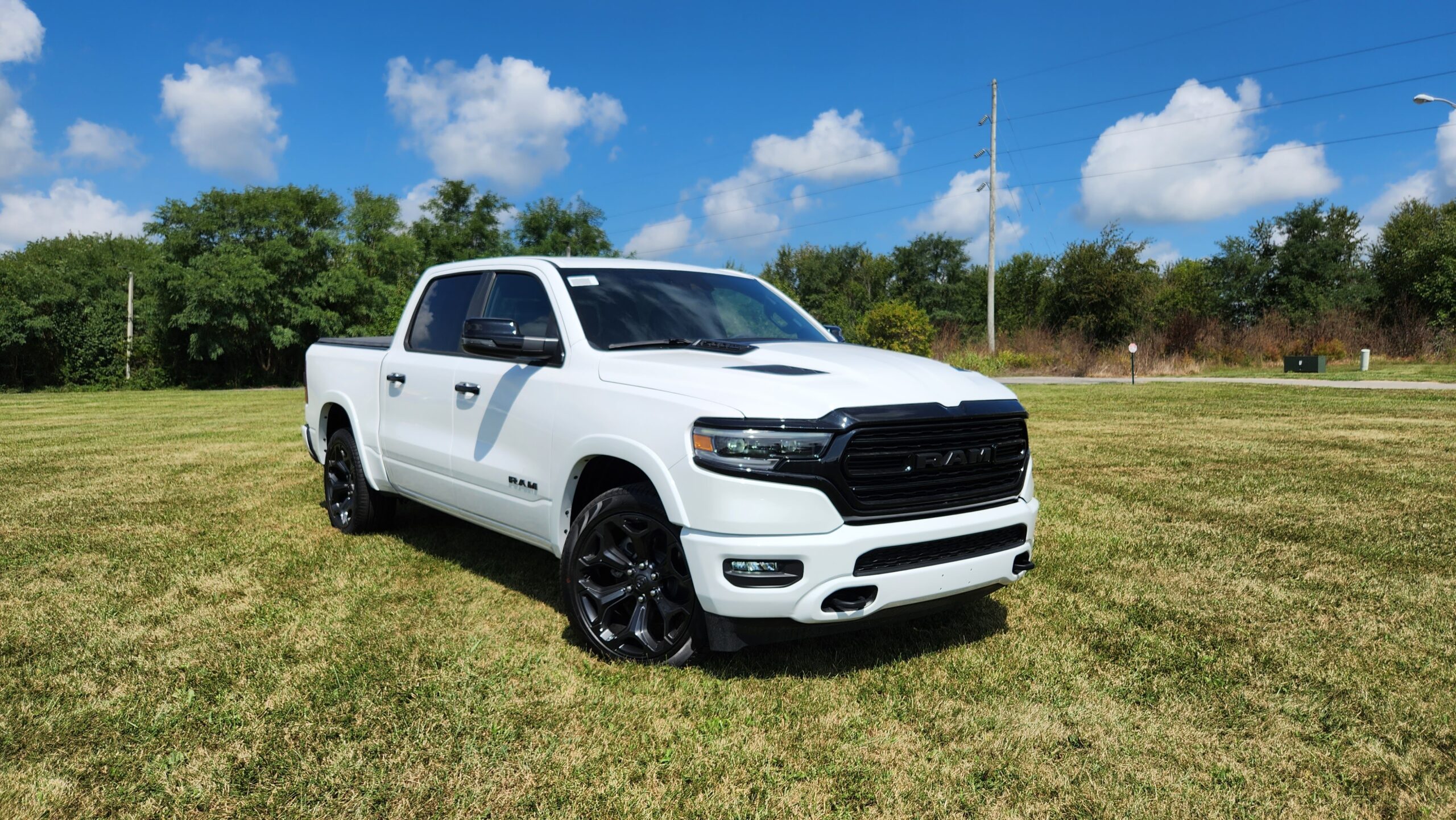
Powertrain
Now these two have been very different throughout this, and they continue that trend under the hoods. The Ram 1500 has a mostly old-school setup, with a traditional 5.7L Hemi V-8 engine but with a mild-hybrid system called e-torque. This makes just under 400 hp and 410 lb.ft of torque, both of which are exceeded by the Tundra new-school powertrain approach. It swaps a V-8 for a 3.5L Twin-Turbo V-6 but with electric hybrid componentry added to it, making about 10% more horsepower than the Ram and 35% more torque. This does mean that the Tundra is faster, but perhaps not by the margin you would expect because of the added weight.
Tundra: 3.5L Twin-Turbo V-6 + Electric: 437 hp | 583 lb.ft
RAM: 5.7L V-8: 395 hp | 410 lb.ft
0-60 MPH (Car and Driver): Ram: 6.4s | Tundra: 6.1s
As far as the transmissions are concerned, both are very smooth and well-calibrated 8-and-10 speed automatics. Both also have 4WD systems, although there’s no automatic mode on the Tundra.
Driving Impressions and fuel economy
But perhaps more important than the power, is ride quality. Now make no mistake, the Tundra Capstone still rides very nicely for a truck, but that’s those are the key words, “for a truck”. The Ram rides great for any kind of vehicle and feels more akin to piloting a luxury SUV down the road, thanks to its class-exclusive air suspension. Besides for ride, this also helps with increased clearance off-road and less clearance when entering the cabin or hooking up a trailer.
Tundra offers an optional rear air suspension (for load-leveling purposes)
These two also are more akin to luxury vehicles when it comes to sound entering the cabins. Both score under 55 dB on Kentucky roads, which is very impressive. The average adult can discern a difference of 1 dB so no s will be awarded here.
RAM: 54.2 dB @ 55 MPH
Tundra: 54.9 dB @ 55 MPH
Finally, when it comes to fuel economy, the Tundra is certainly not a hybrid in the same sense as a Prius. This hybrid system is all about increasing power, which is why it achieves very similar MPG’s to the RAM’s V-8, at 19 vs. 20 combined.
RAM 5.7L 4×4: 17/22/19 MPG
Tundra i-Force Max 4×4: 19/22/20 MPG
Which country is your winner?
Well, that was a close one! Each one has their own unique pros, and because of just how tight this race was, let’s recap to figure out who “your” winner should be depending on what your individual priorities are.
Ram:
- Traditional V-8 experience
- Ultimate luxury cabin and audio system
- More spacious rear seats and storage
- Air suspension
Tundra:
- More powerful hybrid system
- Lower price
- Toyota reputation for reliability
Now we want to know your opinions, so make sure to head to the comment section and let us know which one you would pick! Thanks for joining us for another Car Confections comparison! Be sure to watch the full video below for all the details!

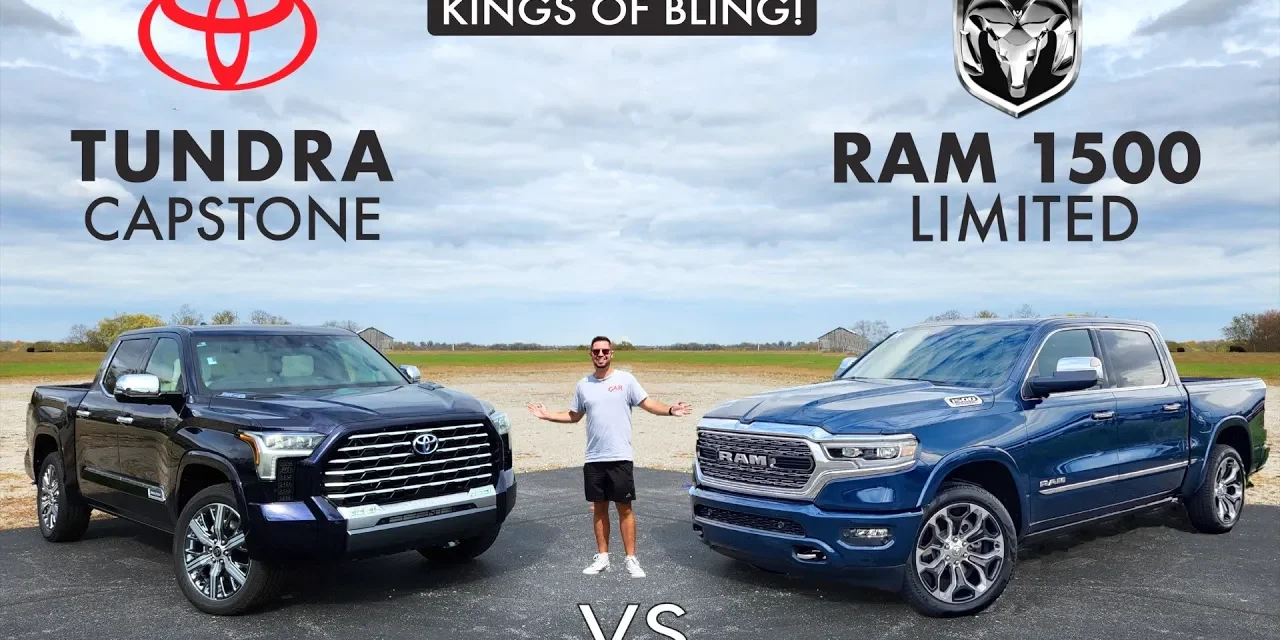
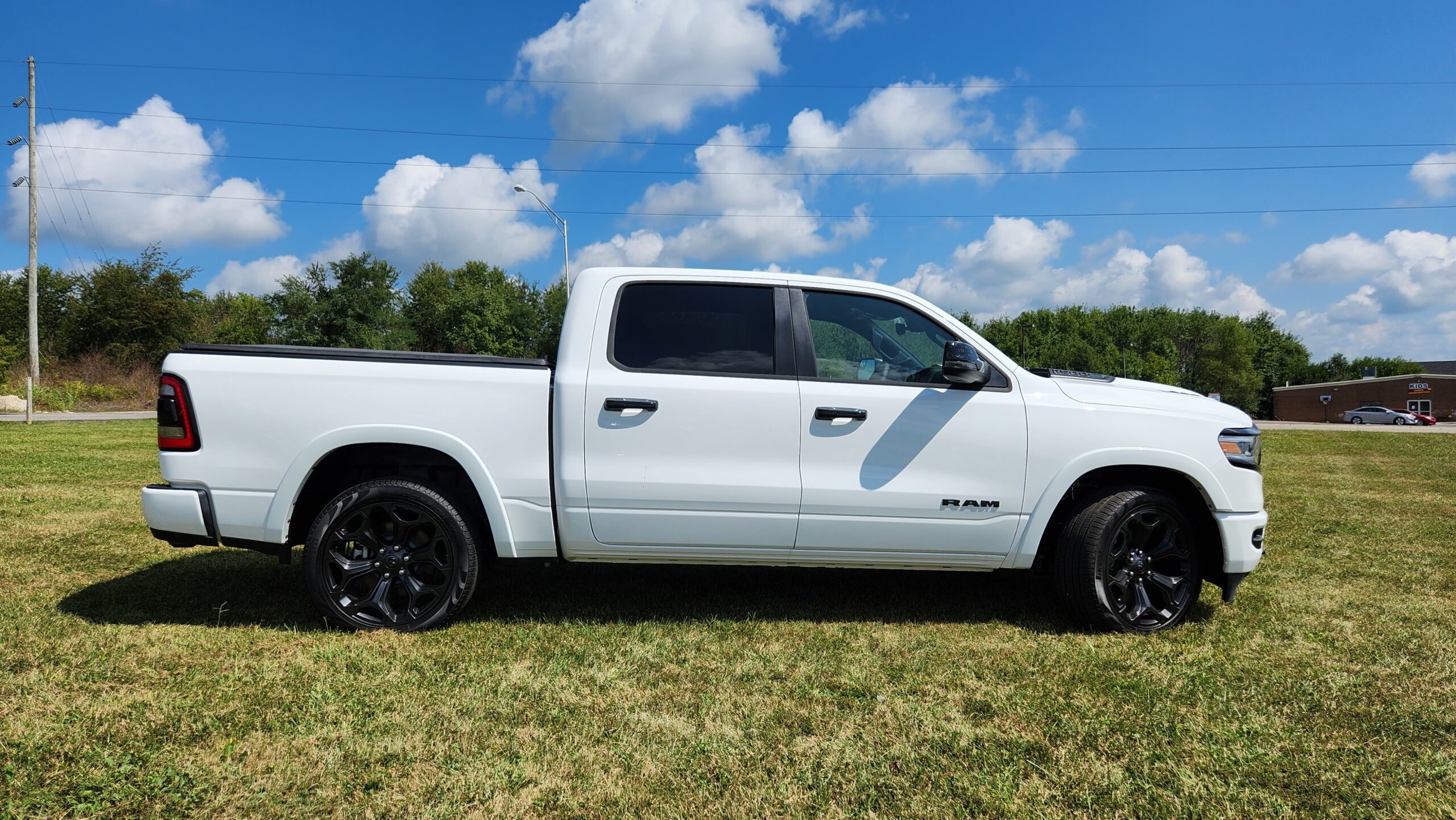
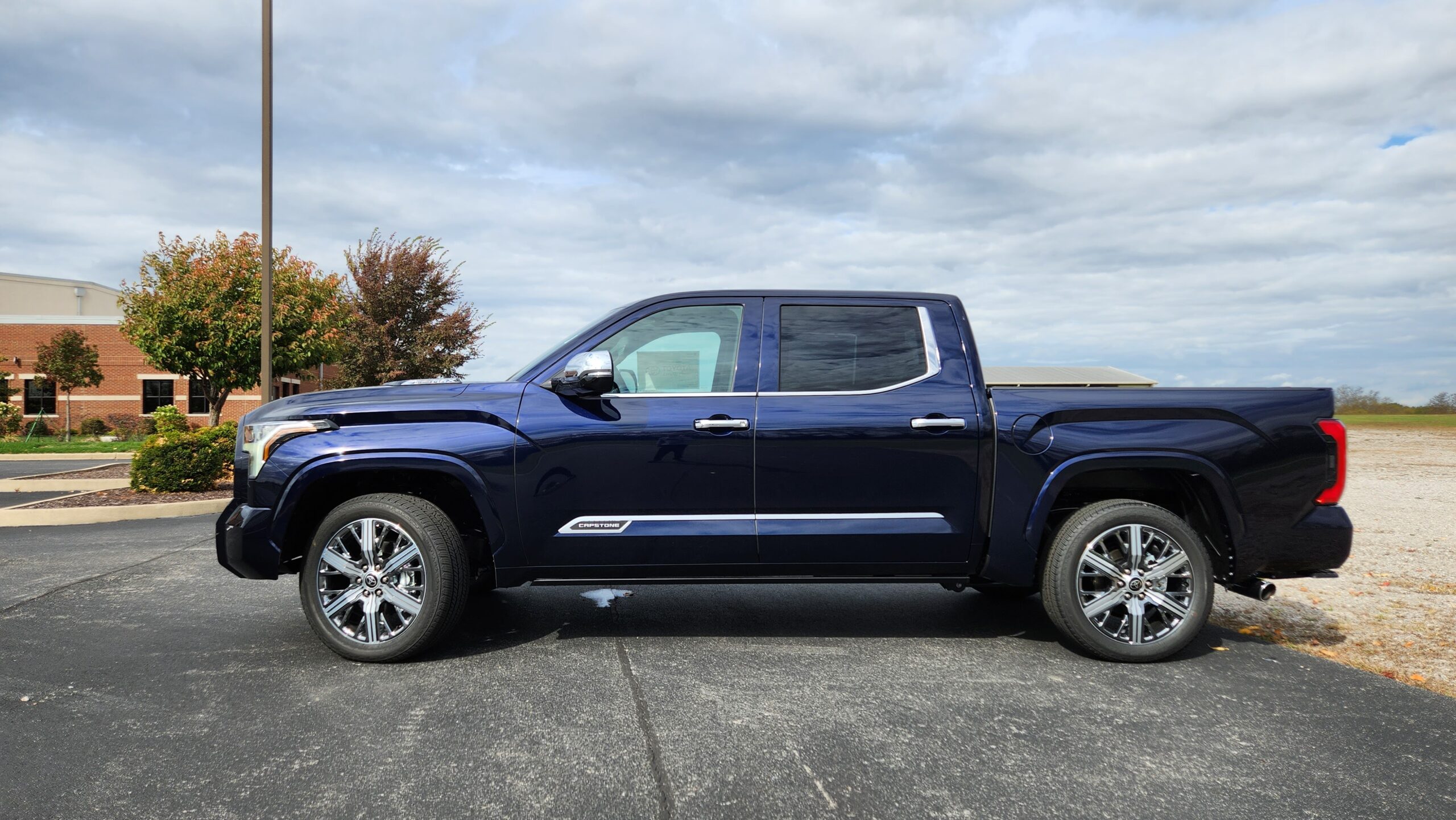
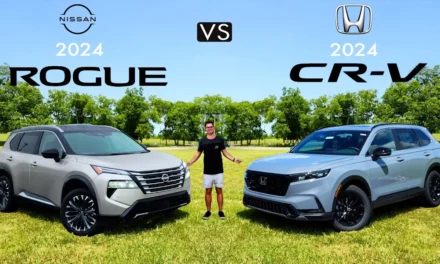
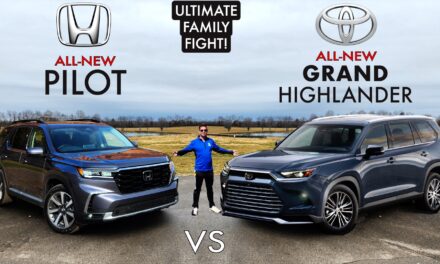

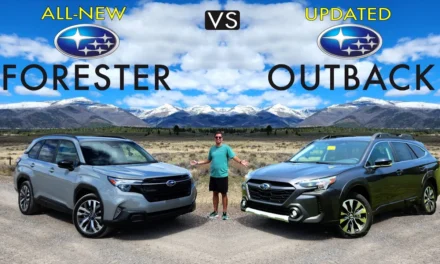


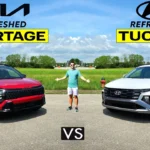



Recent Comments